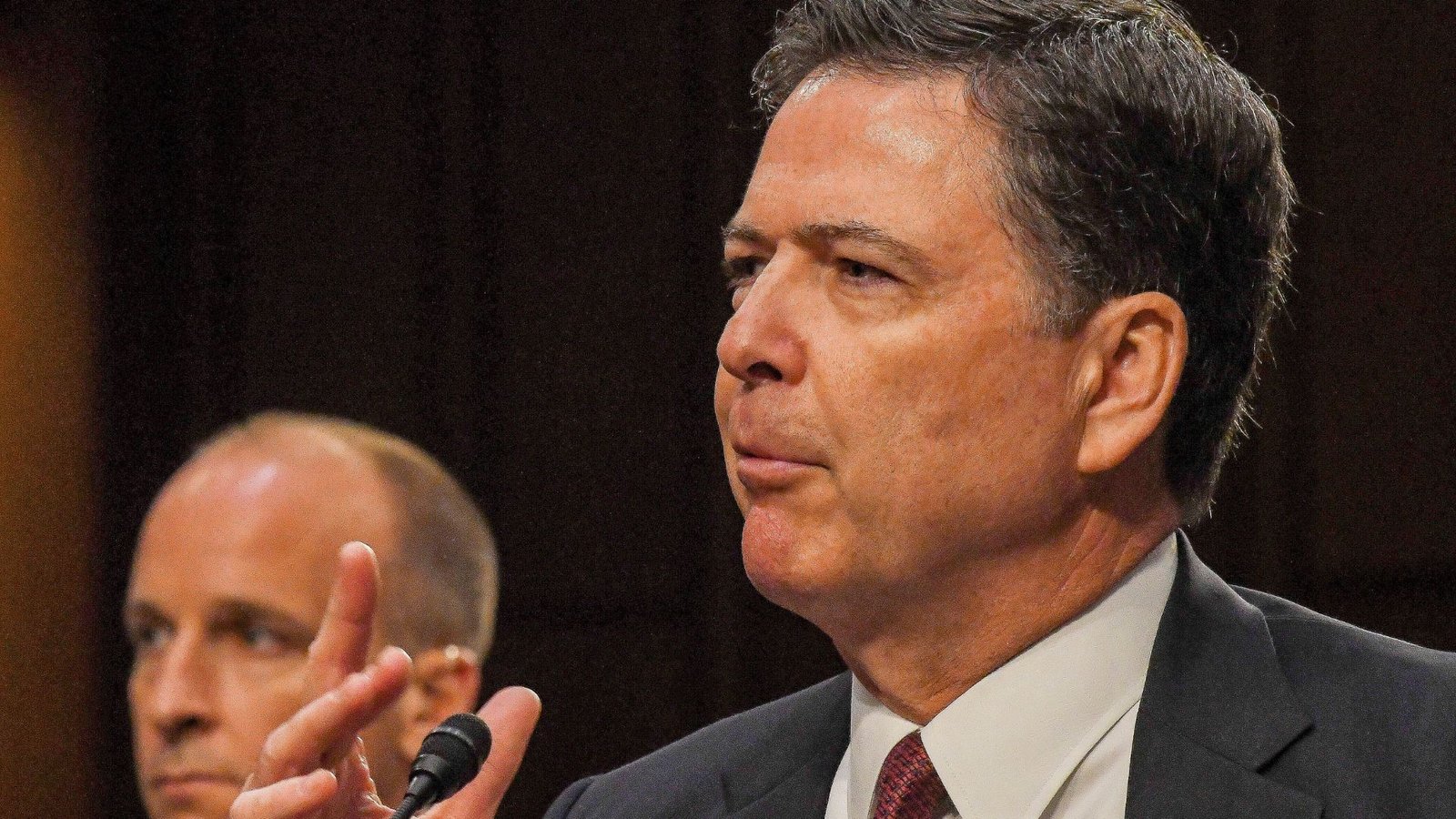
Rebels Close in on Damascus in a Stunning Offensive
Damascus, Syria–Syria stands on the verge of a monumental change as insurgent forces, led by Hayat Tahrir al-Sham (HTS), march onto Damascus. Within two weeks, the insurgents’ actions of seizing key cities, destroying government defenses have brought President Bashar al-Assad’s 23-year rule to the brink of collapse.
With events unfolding at a rapid pace observers are stunned to witness a regime’s real-time collapse. Here’s how Syria reached this critical moment.
How Rebel Forces Toppled Syria’s Northern Cities
The offensive began in late November when HTS launched a surprise attack on Aleppo. Syria’s largest city in the north. Because government troops retreated from Aleppo, a regime stronghold, the rebels seized control easily with little resistance.
By December 5th, a similarly swift operation saw the insurgents capture Homs, Syria’s third-largest city, as they moved south. HTS leaders declared their next target was Damascus, the political heart of Assad’s regime.
As government forces struggled to regroup, the rebels also captured Hama, another strategically important city. Only Damascus, Tartus, and Latakia currently remain under Assad’s control. As Damascus has been encircled by advancing rebel units.
Damascus on the Brink
As rebel fighters edge closer to Damascus the government’s grip on power grows increasingly fragile. Sporadic clashes are reported at the city’s edges by residents as opposition forces hold key suburbs.
“This is the regime’s darkest hour,” said a senior Western official witnessing the conflict. “The speed of the rebels’ advance and the lack of resistance from Assad’s forces suggest significant cracks within the regime’s ranks.”
Observers note that, while infamous for its extremist roots, HTS has shifted its focus toward civilian governance in areas under its control. This move has reportedly garnered some support from locals who are heavily burdened by the futility of war and eager for stability after years of brutal conflict.
What the World Is Watching
The rest of the world remains on high alert. The United States and Europe are urging a peaceful transition of power but show no intention of intervening militarily. President-elect Donald Trump stated bluntly, “This is not America’s fight.”
Russia has been Assad’s closest ally. And is now calling for restraint while seeking guarantees from opposition leaders to secure its military assets in Latakia and Tartus. Turkey has reinforced its borders anticipating a potential surge of refugees.
Iran is another critical supporter of the Assad regime which has remained quiet but is reportedly reassessing its involvement as the regime’s collapse becomes increasingly likely.
The Humanitarian Toll
As rebels advance the human cost of the conflict continues to rise. Thousands of civilians escaped newly captured cities like Aleppo and Homs. They fear there will be violence and retribution. Aid organizations report worsening conditions. As many displaced families are now lacking access to necessities such as food, water, and medical care.
“The humanitarian situation is dire,” said a spokesperson for an international relief agency. “Should Damascus fall, a mass civilian departure of unprecedented scale in recent years is possible.”
What Comes Next?
Will the fall of Damascus mark the end of Assad’s regime? Will it signal the beginning of a new and volatile chapter in Syria’s history? Analysts warn that the power vacuum left by Assad’s departure could ignite fresh conflicts among rival factions which may prolong the country’s agony.
“Power is a curious thing,” wrote George R.R. Martin in Game of Thrones. “It’s a trick, a shadow on the wall.” For Assad the shadow of his rule is fading. The fate of Syria is what hangs in the balance.
Rebel leaders presented plans for governing the captured territories but whether or not HTS’s possible control could lead to either stability or more conflict remains uncertain.
A Nation at a Crossroads
Syria is at a turning point. The collapse of the Assad regime, once unthinkable, now appears imminent. For the Syrian people this moment offers both hope and fear. Both a chance to rebuild, tempered by the looming uncertainty of what comes next.
As the dust settles over Damascus, the world watches and waits. One era is ending, but the shape of the next is far from clear.
Important points
- HTS has captured Aleppo, Homs, and Hama, leaving Assad’s forces with only Damascus, Latakia, and Tartus.
- The fighting caused thousands of civilians to flee, exacerbating Syria’s humanitarian crisis.
- International powers, including Russia and the U.S., are closely monitoring the situation but display little inclination to intervene.
Syria’s future hangs in the balance as its capital braces for what could be the last battle of the Assad era.
Disclaimer:
This article is for informational purposes only and does not constitute financial, legal, or professional advice. The information provided is based on current knowledge and understanding, and while we strive for accuracy, we make no guarantees regarding its completeness or applicability. Parler assumes no responsibility for any actions taken based on this information. For specific advice, please consult a qualified professional.
















